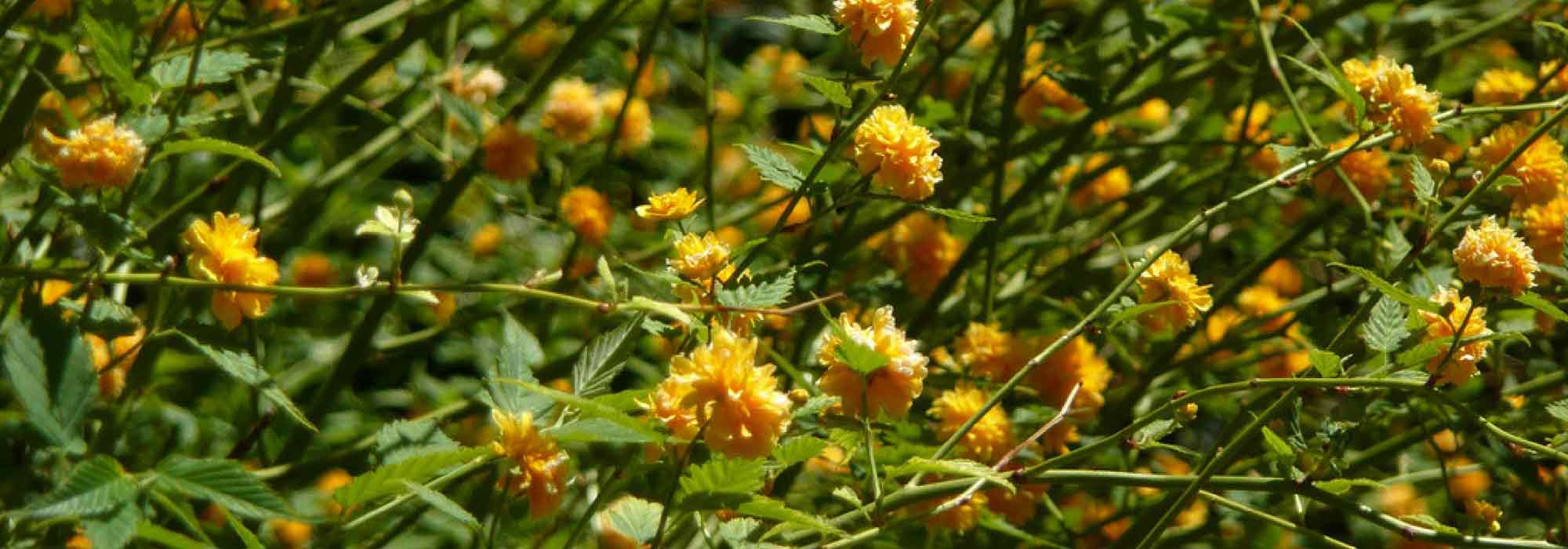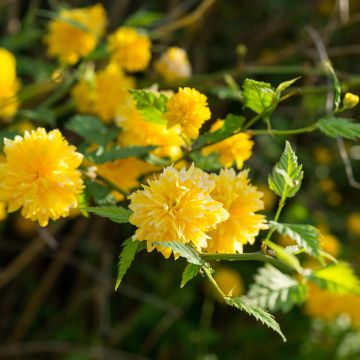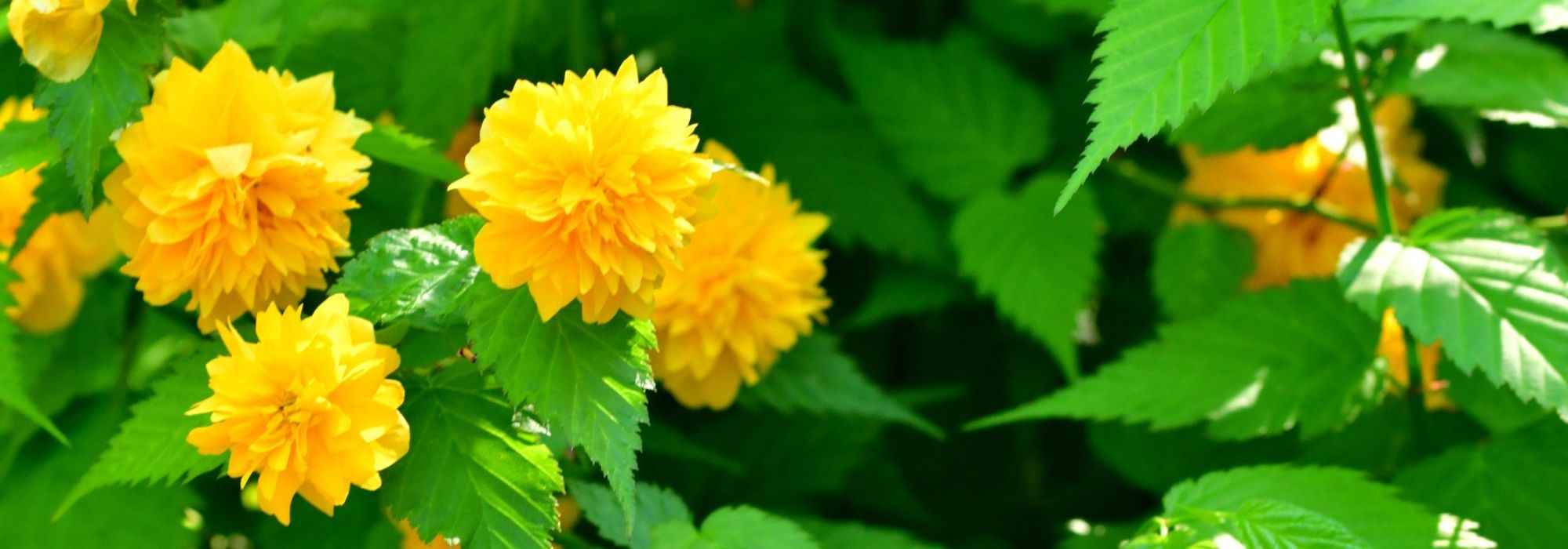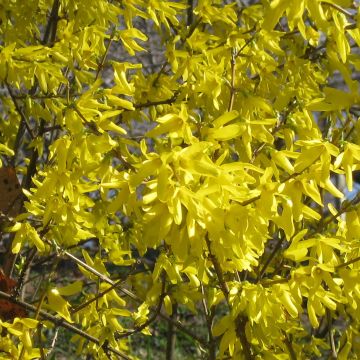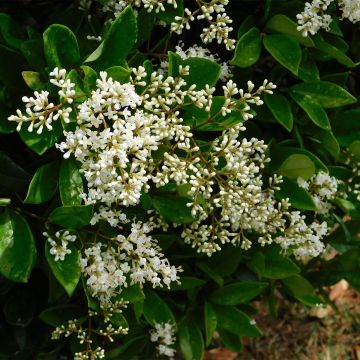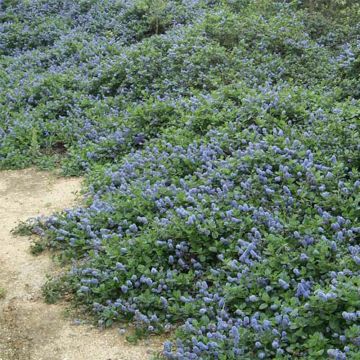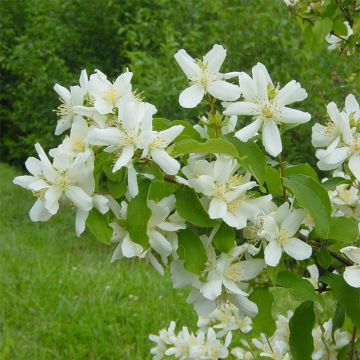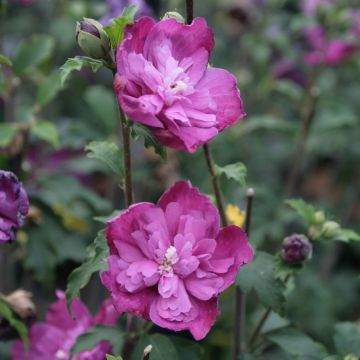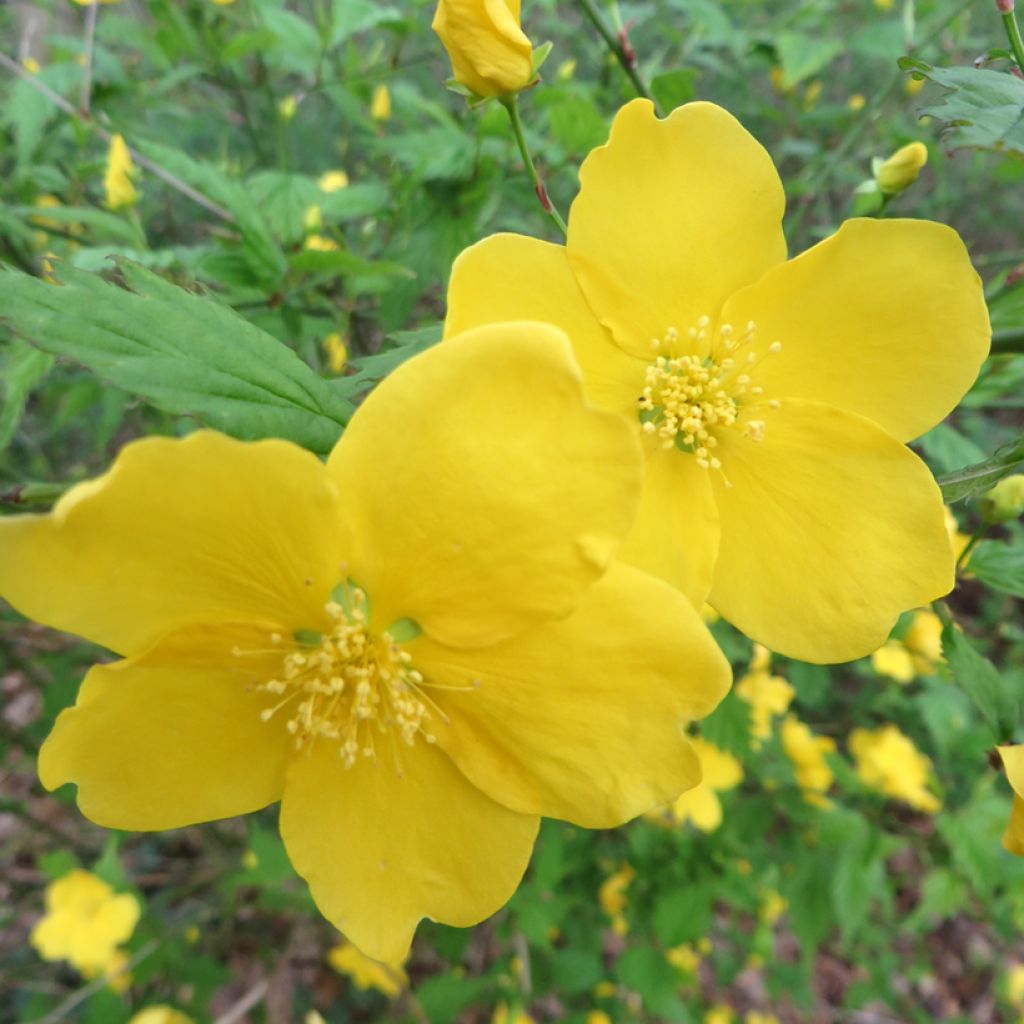

Kerria japonica
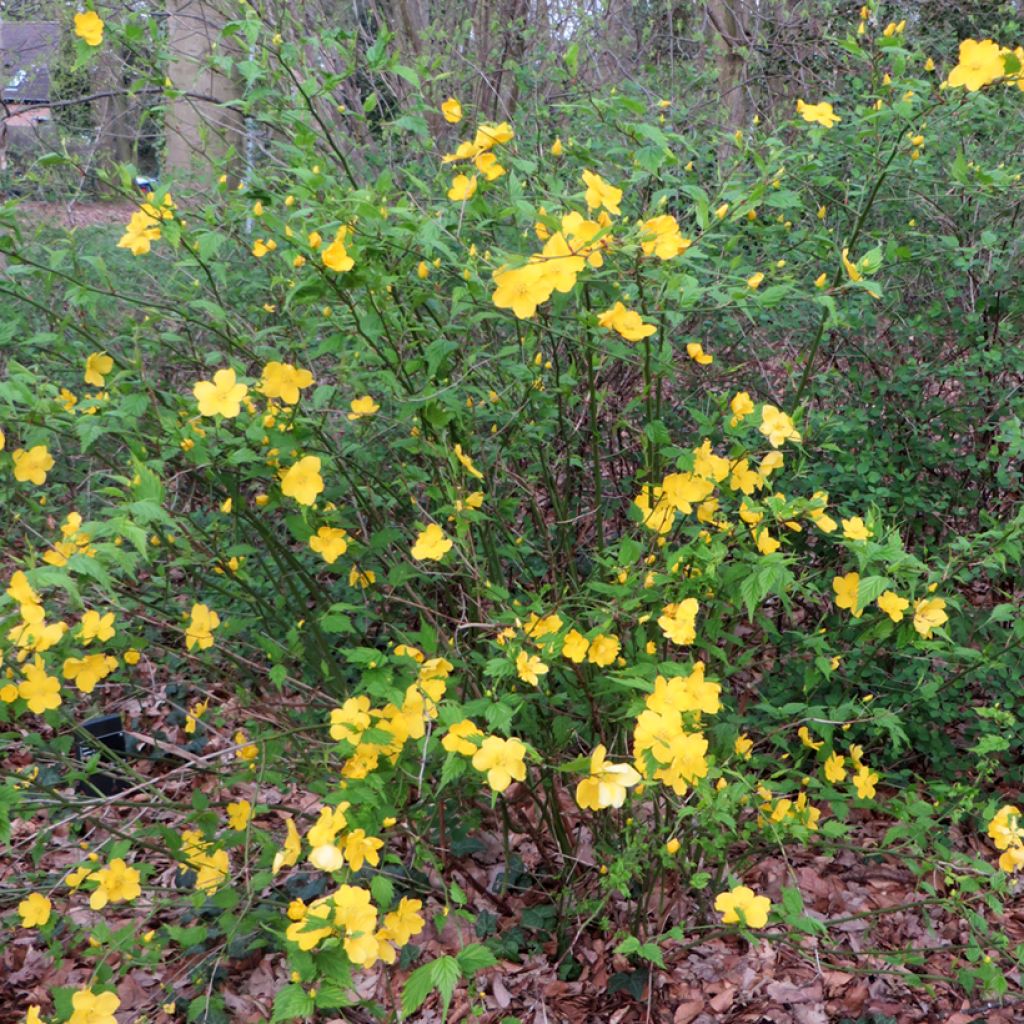

Kerria japonica
Kerria japonica
Kerria japonica
Japanese Kerria, Japanese Rose, Kerria
Special offer!
Receive a €20 voucher for any order over €90 (excluding delivery costs, credit notes, and plastic-free options)!
1- Add your favorite plants to your cart.
2- Once you have reached €90, confirm your order (you can even choose the delivery date!).
3- As soon as your order is shipped, you will receive an email containing your voucher code, valid for 3 months (90 days).
Your voucher is unique and can only be used once, for any order with a minimum value of €20, excluding delivery costs.
Can be combined with other current offers, non-divisible and non-refundable.
Home or relay delivery (depending on size and destination)
Schedule delivery date,
and select date in basket
This plant carries a 24 months recovery warranty
More information
We guarantee the quality of our plants for a full growing cycle, and will replace at our expense any plant that fails to recover under normal climatic and planting conditions.
Would this plant suit my garden?
Set up your Plantfit profile →
Description
The Kerria Japonica, known as the Japanese Rose, is an attractive deciduous bush for its excellent robustness and radiant yellow flowering in spring. Its bushy silhouette, abundant vegetation, and moderate growth allow for numerous uses in the garden, including as a free hedge, even in slightly shaded and relatively dry areas in summer.
Kerria japonica is a bush of the Rosaceae family native to mountainous regions of China, South Korea, and Japan. In nature, this species forms dense and bushy masses that spread through slightly suckering stumps. It thrives in a partially shaded environment under the cover of other vegetation, sheltered from the scorching sun. It is a vigorous bush with an upright habit, composed of arched and slender stems, slightly wider than tall, reaching an average height of 2m. It thrives in well-drained, moderately fertile soil, even somewhat chalky. Due to its tendency to become messy, significant pruning is often necessary to maintain its beautiful appearance. Flowering occurs in April-May, earlier or later, depending on the climate. The flowers are solitary or grouped, cup-shaped with a 3 to 5 cm diameter, and have five yellow petals resembling wild roses. Occasionally, a sparse second flowering occurs in October. The vibrant green leaves are alternate and dentate, and the stems that bear them remain green throughout the year, even in winter. The plant produces fruit in the form of achenes, which have no ornamental interest.
Japanese Rose is particularly suitable for slightly shaded areas in the garden, as its flowers tend to fade in full sun. It can be used in shrub borders and as a free hedge. This bush also forms a beautiful espalier along medium-height walls with winter jasmine. In a hedge or border, it can be paired with red, orange, or white Japanese quinces, 'Gold Rausch' Forsythia, Neillia affinis, or the ornamental blackberry 'Olympic Double'.
Kerria japonica in pictures
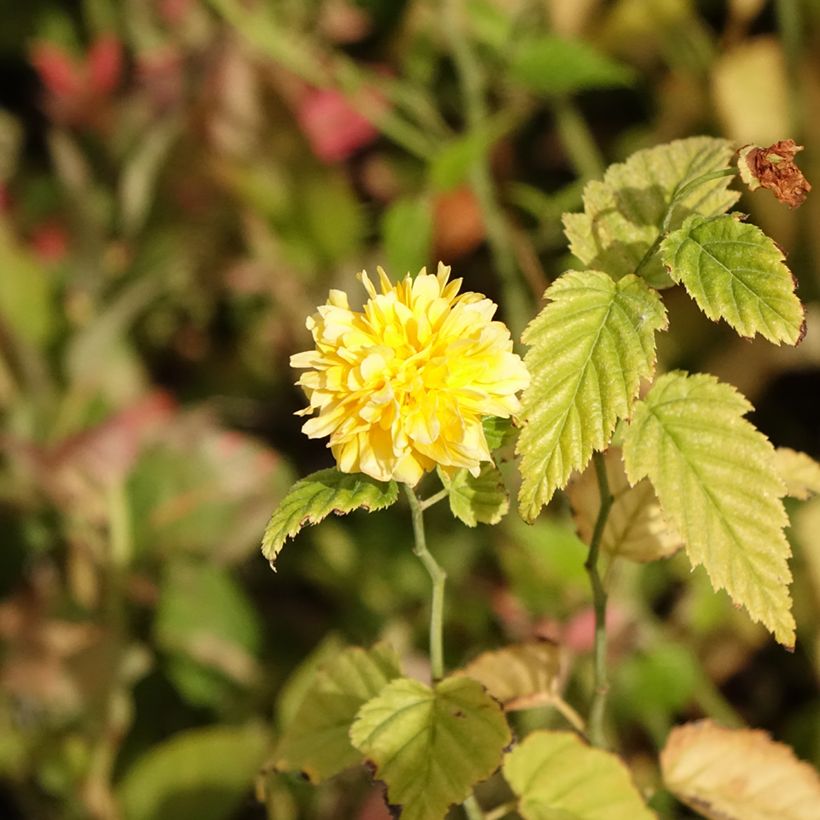

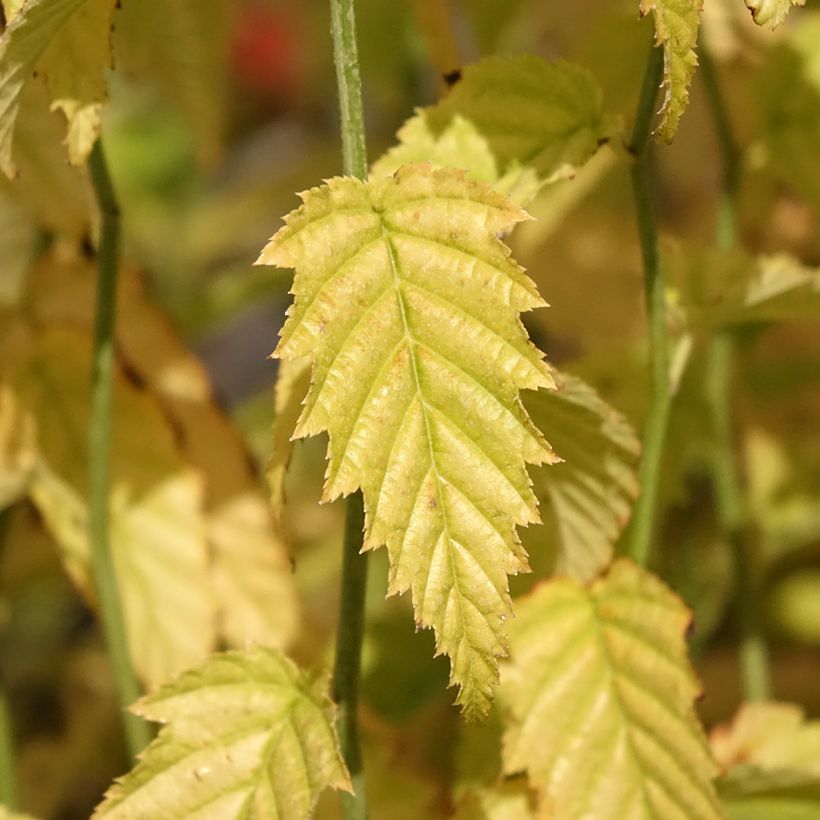



Plant habit
Flowering
Foliage
Botanical data
Kerria
japonica
Rosaceae
Japanese Kerria, Japanese Rose, Kerria
Rubus japonicus
China
Other Kerrias
View all →Planting and care
The Kerria Japonica can be planted from November to February-March, frost-free, in partial shade or non-scorching sun, in a regular, well-drained soil. Dig a hole 50 cm wide and deep and plant it in a mixture of garden soil and compost. Then, cover the base with the mixture and lightly tamp down the soil. Water. You will water regularly for a few months to promote growth, especially in drought. Once well-rooted, the plant will thrive on its own in most regions. Beware of gastropod attacks in spring, as they are fond of young shoots.
The Kerria Japonica is hardy and easy to care for. After flowering, it is important to thin out the branches to avoid a too-dense appearance. Prune after flowering and remove old wood to promote flowering the following year so that the bush only flowers at the ends of the stems and not in the centre.
Planting period
Intended location
Care
Planting & care advice
This item has not been reviewed yet - be the first to leave a review about it.
Similar products
Haven't found what you were looking for?
Hardiness is the lowest winter temperature a plant can endure without suffering serious damage or even dying. However, hardiness is affected by location (a sheltered area, such as a patio), protection (winter cover) and soil type (hardiness is improved by well-drained soil).

Photo Sharing Terms & Conditions
In order to encourage gardeners to interact and share their experiences, Promesse de fleurs offers various media enabling content to be uploaded onto its Site - in particular via the ‘Photo sharing’ module.
The User agrees to refrain from:
- Posting any content that is illegal, prejudicial, insulting, racist, inciteful to hatred, revisionist, contrary to public decency, that infringes on privacy or on the privacy rights of third parties, in particular the publicity rights of persons and goods, intellectual property rights, or the right to privacy.
- Submitting content on behalf of a third party;
- Impersonate the identity of a third party and/or publish any personal information about a third party;
In general, the User undertakes to refrain from any unethical behaviour.
All Content (in particular text, comments, files, images, photos, videos, creative works, etc.), which may be subject to property or intellectual property rights, image or other private rights, shall remain the property of the User, subject to the limited rights granted by the terms of the licence granted by Promesse de fleurs as stated below. Users are at liberty to publish or not to publish such Content on the Site, notably via the ‘Photo Sharing’ facility, and accept that this Content shall be made public and freely accessible, notably on the Internet.
Users further acknowledge, undertake to have ,and guarantee that they hold all necessary rights and permissions to publish such material on the Site, in particular with regard to the legislation in force pertaining to any privacy, property, intellectual property, image, or contractual rights, or rights of any other nature. By publishing such Content on the Site, Users acknowledge accepting full liability as publishers of the Content within the meaning of the law, and grant Promesse de fleurs, free of charge, an inclusive, worldwide licence for the said Content for the entire duration of its publication, including all reproduction, representation, up/downloading, displaying, performing, transmission, and storage rights.
Users also grant permission for their name to be linked to the Content and accept that this link may not always be made available.
By engaging in posting material, Users consent to their Content becoming automatically accessible on the Internet, in particular on other sites and/or blogs and/or web pages of the Promesse de fleurs site, including in particular social pages and the Promesse de fleurs catalogue.
Users may secure the removal of entrusted content free of charge by issuing a simple request via our contact form.
The flowering period indicated on our website applies to countries and regions located in USDA zone 8 (France, the United Kingdom, Ireland, the Netherlands, etc.)
It will vary according to where you live:
- In zones 9 to 10 (Italy, Spain, Greece, etc.), flowering will occur about 2 to 4 weeks earlier.
- In zones 6 to 7 (Germany, Poland, Slovenia, and lower mountainous regions), flowering will be delayed by 2 to 3 weeks.
- In zone 5 (Central Europe, Scandinavia), blooming will be delayed by 3 to 5 weeks.
In temperate climates, pruning of spring-flowering shrubs (forsythia, spireas, etc.) should be done just after flowering.
Pruning of summer-flowering shrubs (Indian Lilac, Perovskia, etc.) can be done in winter or spring.
In cold regions as well as with frost-sensitive plants, avoid pruning too early when severe frosts may still occur.
The planting period indicated on our website applies to countries and regions located in USDA zone 8 (France, United Kingdom, Ireland, Netherlands).
It will vary according to where you live:
- In Mediterranean zones (Marseille, Madrid, Milan, etc.), autumn and winter are the best planting periods.
- In continental zones (Strasbourg, Munich, Vienna, etc.), delay planting by 2 to 3 weeks in spring and bring it forward by 2 to 4 weeks in autumn.
- In mountainous regions (the Alps, Pyrenees, Carpathians, etc.), it is best to plant in late spring (May-June) or late summer (August-September).
The harvesting period indicated on our website applies to countries and regions in USDA zone 8 (France, England, Ireland, the Netherlands).
In colder areas (Scandinavia, Poland, Austria...) fruit and vegetable harvests are likely to be delayed by 3-4 weeks.
In warmer areas (Italy, Spain, Greece, etc.), harvesting will probably take place earlier, depending on weather conditions.
The sowing periods indicated on our website apply to countries and regions within USDA Zone 8 (France, UK, Ireland, Netherlands).
In colder areas (Scandinavia, Poland, Austria...), delay any outdoor sowing by 3-4 weeks, or sow under glass.
In warmer climes (Italy, Spain, Greece, etc.), bring outdoor sowing forward by a few weeks.






























